There are many good pool pump manufacturers on the market right now. The most well-known ones include: Hayward, Jandy, Pentair, Waterway, and Sta-rite. Then, there are Stenner pumps. Although some say that they are not as well-known as Hayward or Pentair; I would not even put their pumps into the same category. They look different, operate differently, and serve a different purpose. So, why would you use a Stenner Pump? Let’s explore.
What Are Peristaltic Pumps?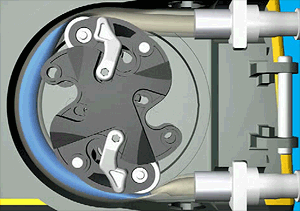
A peristaltic pump is a type of positive displacement pump that is used to pump a variety of fluids. Unlike Hayward pumps which are used to pump water, peristaltic pumps displace chemicals. Typically, the fluid is held within flexible tubing that is placed within the pump.
Peristaltic pumps are typically used to prevent exposed pump components from being exposed to harsh or aggressive chemicals or fluids. Peristaltic pumps are self-priming pumps that achieve action by moving a group of rollers against a flexible tube.
The fluids are never exposed to air or any moving parts, which is definitely a benefit when it comes to the longevity and maintenance of the pump. The rolling design prevents siphoning and provides a seal on the plumbing tube.
Who Is Stenner?
The Stenner Pump Company has been manufacturing peristaltic pumps since the 1950’s.Since their inception, Stenner has always been meticulous about the design and manufacturing process of their pumps.
Stenner manufacturers from raw goods and even produces the majority of their components at their corporate level in Florida. It begins with raw goods and continues to the final assembly line.
They have become one of the industry’s leading peristaltic pump manufacturers and are known for accurate dosing of liquid solutions for: disinfection, pH adjustment, iron stain removal, animal health, corrosion, and scale control. So what makes their pumps so unique?
Why Use Stenner Pumps?
I. Save Money on Replacement Parts
One thing that makes Stenner pumps so efficient and unique is their pump design. Stenner pump tubes are manufactured as 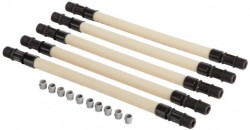 a single piece construction. During the manufacturing process, the tube fitting is overmolded to the tube material, ensuring it a stronger connection. This prevents any defects or leaks at the tube fitting or the pump.
a single piece construction. During the manufacturing process, the tube fitting is overmolded to the tube material, ensuring it a stronger connection. This prevents any defects or leaks at the tube fitting or the pump.
Stenner’s design also ensures that solutions are contained within the pump tube without exposure to air or any moving parts within the pump. The 3- point roller design acts as a check valve to prevent back-flow, siphoning, overdosing, and loss of prime. This forgoes the need for pool owners to purchase an additional check valve for the pump, or a degassing valve.

II. Ensuring Consistent Chemical Output
One thing every pool owner looks for in a pump is its reliability. Stenner’s self-priming pumps provide accurate dosing and consistent output producibility. The pump can actually run dry without damage. That in itself is a very cool feature. Once the tank is refilled, the pump will prime itself accordingly.
Stenner also proves its reliability by minimizing the downtime of the pump. Self-priming ensures that the pump will not lose prime from off-gassing solutions. The tubes are easy to replace and lubrication is not required. All pump components are easily accessible for timely service. The overall design of the pump marginalizes the range of defects the pump can have, thus making it a very reliable product.
III. Commitment to Excellence
Stenner has built their reputation around their commitment to producing an excellent product for consumers. Stenner provides their employees with a clean and pleasant work environment in efforts to produce a reliable pump, but also in providing excellent customer service. Thirty-one percent of the company has been at Stenner for over ten years, which spans across several departments.
If you have any questions regarding Stenner pumps or any of their products, please give us a call at 877-372-6038 and we’d be happy to help. Or, if it’s more on the technical side, you can always contact Stenner directly at 800-683-2378.
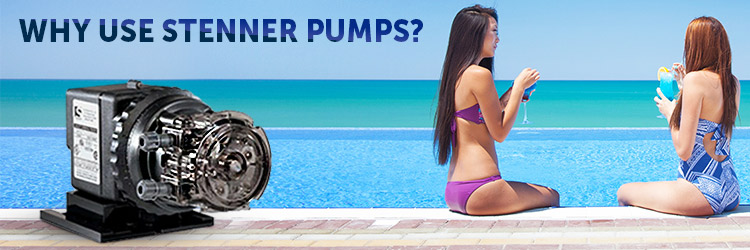
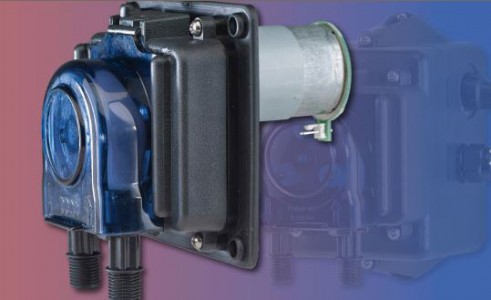
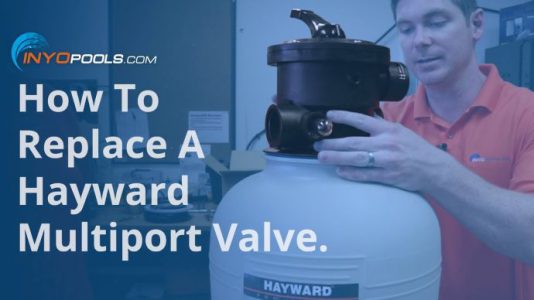
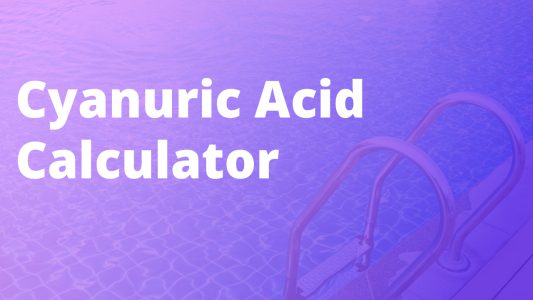
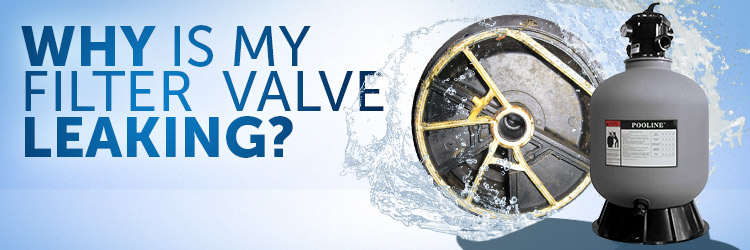
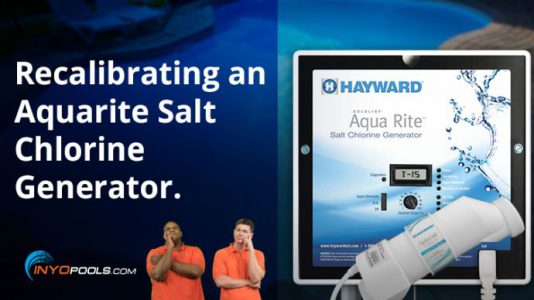






How can I connect a peristaltic pump to my PVC pool tubing? I see that the pump has a small screw, but what about the longer tubes to get to my pump’s pipe and how would I connect the tube to the PVC?